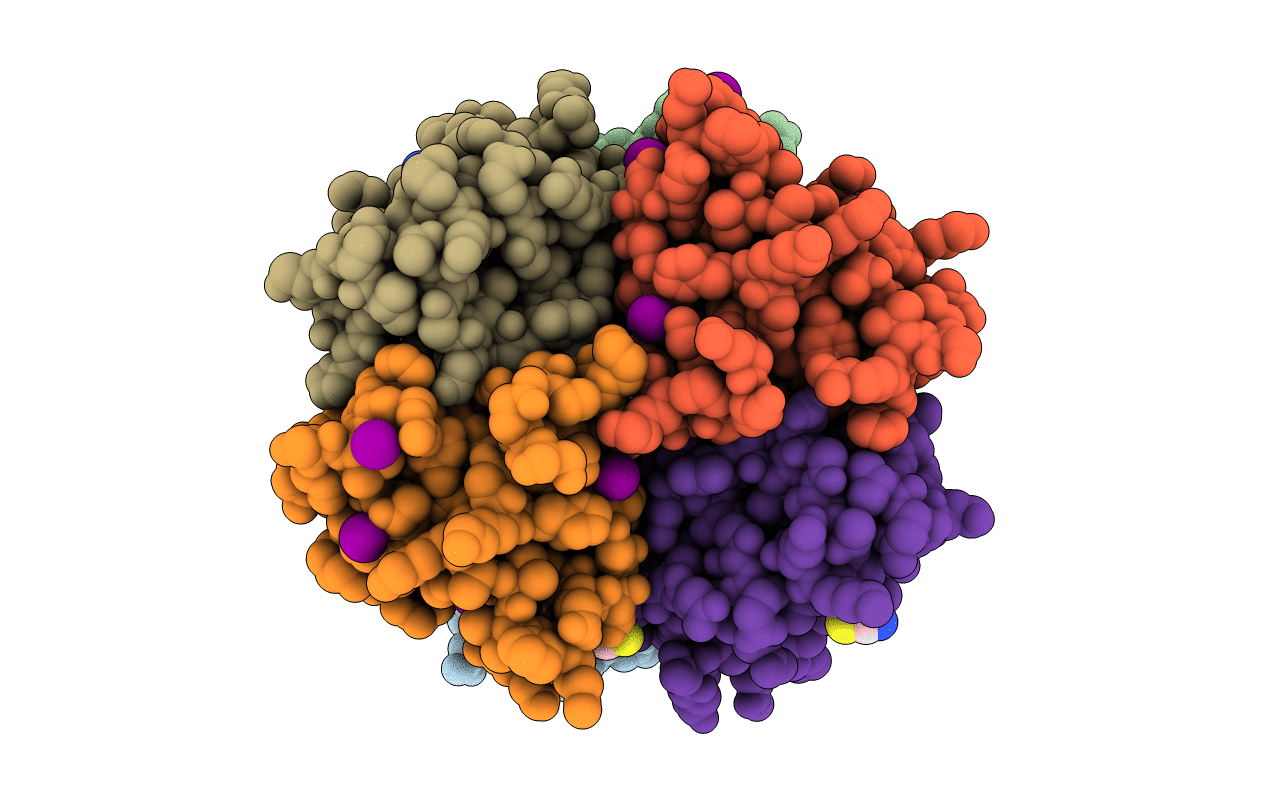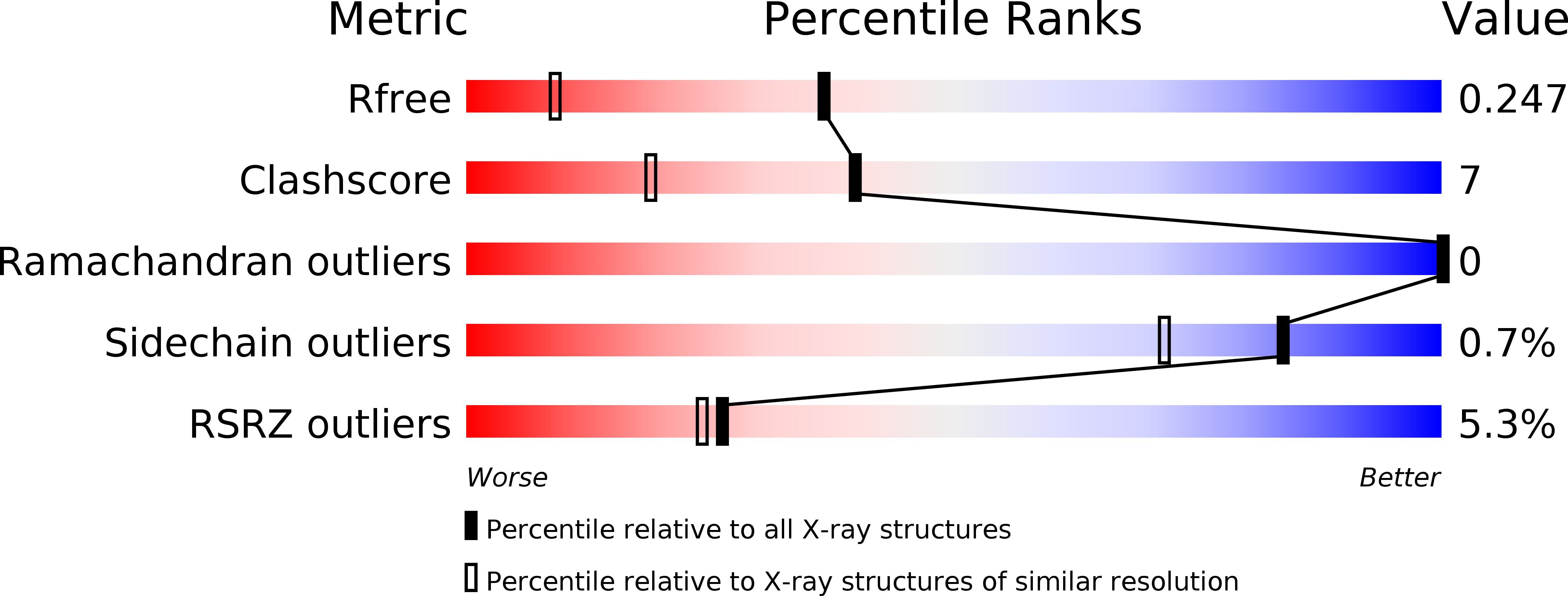
Deposition Date
2010-02-03
Release Date
2010-02-23
Last Version Date
2024-02-21
Method Details:
Experimental Method:
Resolution:
1.64 Å
R-Value Free:
0.23
R-Value Work:
0.19
R-Value Observed:
0.19
Space Group:
P 21 21 21


